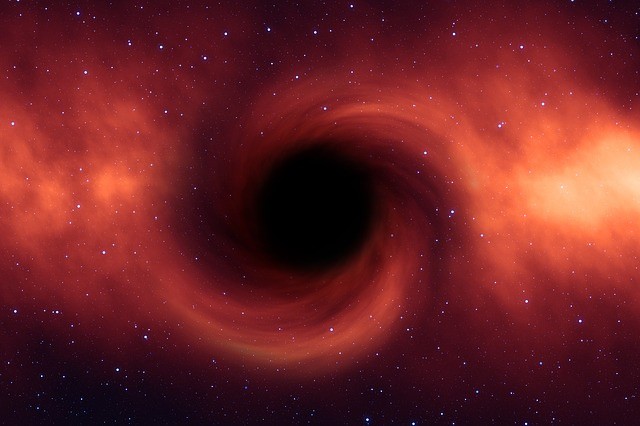
The existence of supermassive black holes in the center of galaxies is why they seem to disappear in the known universe of today.
In comparison to other galaxies, the Milky Way swirl is not active. About three to four suns are annually born in the galactic spiral with stars of varying ages in it.
Black Holes at the Center of Galaxies
The elliptical galaxies are unnoticed due to less star formation in their center, as reported by Science Alert.
There are no or very few stars younger than a certain age in these celestial bodies, suggesting that star formation suddenly stopped at some point, it will slowly wink out over eons, star by star.
What stops this star cauldron from making more suns is not known. The starless expanse is an enigma that, according to astronomers, is connected to unbelievably huge singularities in the fabric of space-time.
Kei Ito and others from the Graduate University for Advanced Studies, SOKENDAI in Japan, have glimpsed backward in universal time, cited Science Daily.
Using powerful telescopes to collect data in multiple wavelengths of light to determine galaxies whose light has journeyed 9.5 billion to 12.5 billion years from across the gulf of space-time.
These ancient galaxies, like elliptical ones, are much closer in space and time, with star formation almost stopped and going light out slowly.
An initial step is to identify galaxies with energetic star formation or those with stopped star formation using optical and infrared data might be where a super immense black hole lurks.
Read Also : New Study Suggests Ancient Pterosaurs Had Feathers That Change Colors at a Cellular Level
Gathering Data to Identify Dying Stars
Identifying an X-ray and radio burst to locate a huge singularity that is consuming matter in the cosmos, which is thought to be a cause of fewer stars produced in the galactic bodies.
Immense singularities actively sucking in the matter will consume vast amounts in its surrounding space that is affected by the powerful gravity.
Intaking galaxies or nebulae is a violent process that cannot be missed due to feedback when matter falls in, noted Cedarjuice.
A black hole's event horizon prevents anything from escaping, but the space around it is a different story. Material spins around the singularity like water around a drain, generating intense radiation that blazes out the universe due to gravity and friction. Jets erupting from the black hole's polar regions is another source of feedback.
Outside the event horizon, the matter is swirling while driven by outer magnetic fields, moving from the poles as plasma jets that travel at nearly the speed of light when ejected.
Immense singularities produce intense winds into the galaxies they inhabit with three kids of feedback.
It includes radiation, jets, and winds that heat up and push cooler molecular gas needed to create proto-stars. Vast distances in the cosmos make it harder to detect them, getting more distant and fainter from the earth.
To stack the galactic clusters together to focus radio and X-ray sources which pinpoint what part of the cosmos an immense singularity is from billions of years ago. This method worked, and a source was detected in places with no stars or galaxies, indicating a massive singularity.
Discovering these clues to a massive singularity somewhere in the vast universe could be why many galaxies have died in the vastness of space and time. This suggests that the researchers concluded that it's very plausible an active supermassive black hole plays a role in the abrupt deaths of these mysterious, ghostly galaxies.
Related Article: Strange Helium-Burning Stars Upend What Astronomers Know About Stellar Evolution of These Cosmic Bodies








